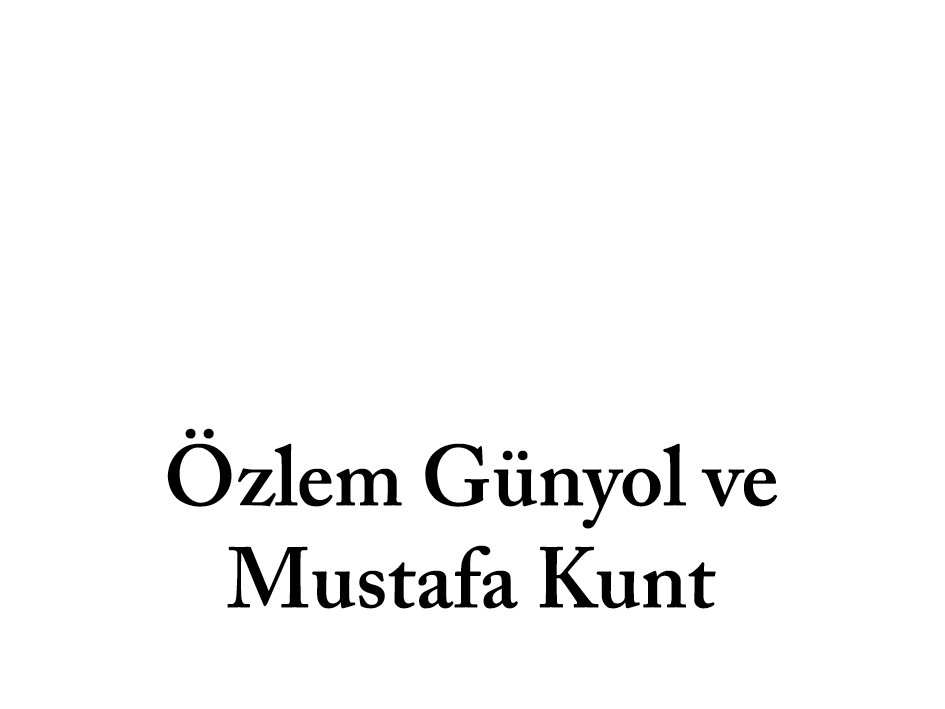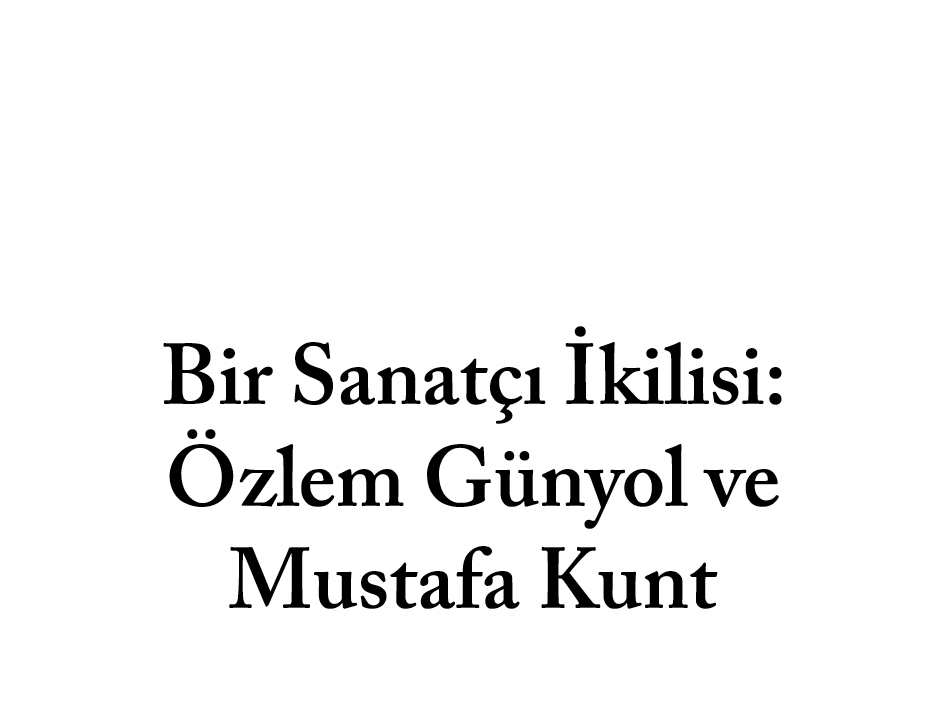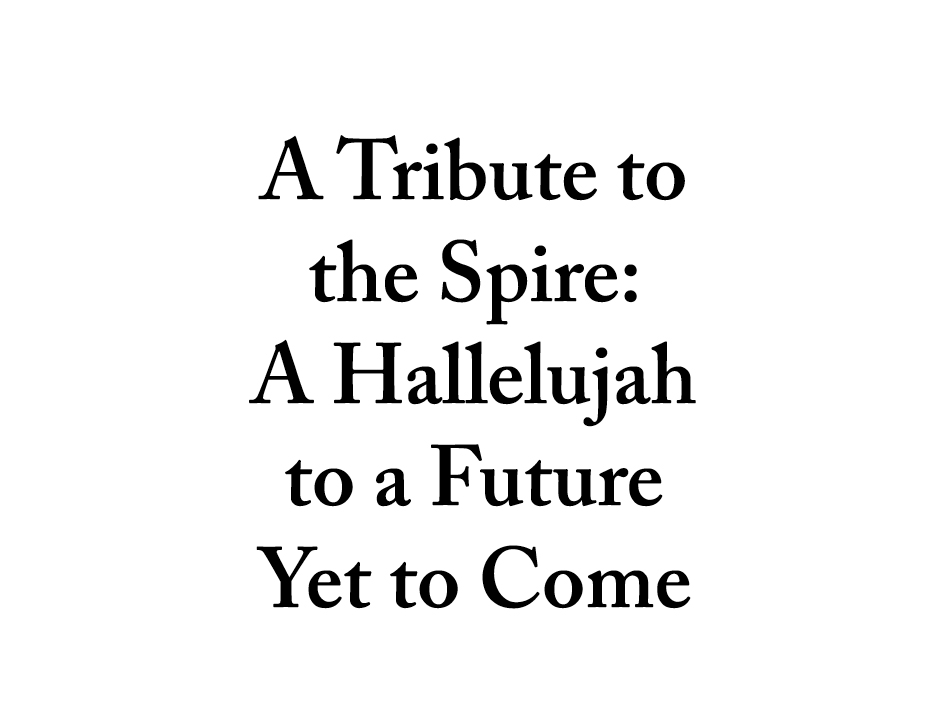Commissioned Text for the catalogue:
Özlem Günyol & Mustafa Kunt
Bringing down the Flags
Flags and Flagpoles in the Works of Özlem Günyol and Mustafa Kunt
A flat, regular area interrupts the cobbled sidewalk of the Hoher Wall in Dortmund: an approximately 1.5 x 1.5 m square plate let into the ground. At first sight the dark, matt steel appears to convey no information. An aesthetic disturbance of the regular, gray cobblestone pattern, to be sure, but an extremely restrained one. Only on closer inspection does one learn that it is a “12 meter stainless steel flagpole.” The artwork Hemzemin by the Turkish artist duo Özlem Günyol and Mustafa Kunt was put in position near the Dortmund Kunstverein in the context of their solo show there from May to July 2014. It represents merely the end product of a process in the course of which a twelve-meter-high flagpole and the base designed to fix it in the ground were melted down and cast as an approximately 1 cm-thick square plate measuring 1.5 x 1.5 meters; a video documenting the process is on view in the exhibition.
“Nailing one’s colors to the mast”? The Representational Logic of the Flag
Flagpole (2007) is a comparable work by the artist duo who live in Frankfurt am Main and have collaborated since 2005. A commercially available aluminum flagpole was put up outside the Paulskirche in Frankfurt for this work and was then bent into an abstract shape with the aid of welding equipment. Flagpole is the first in a series of works with flags and flagpoles that began, significantly enough, a year after the World Cup in 2006—an important date, since it was in the wake of the football championship, together with the controversial media campaign “Du bist Deutschland” [You are Germany] (2005/2006) designed to strengthen German national feeling, that public debate about displaying the black-red-gold flag took a much-discussed turn: Germans could “at last be proud again” of their nationality and, most important, “nail their colors to the mast.”1 It is not hard to see that the artistic alienation of a flagpole outside the Paulskirche, site of the national assembly in 1848, was a commentary on this recrudescence of national feeling. Yet the various national colors rarely play a role in Günyol’s and Kunt’s works, and other state symbols, such as national anthems in Hullabaloo, or the outlines of state borders in Ceaseless Doodle, do not generally appear individually, but en masse, as cumulative global noise. In f.skl.246 (2009) the artists arranged the colors of the 246 national flags of the world2 alphabetically according to the names of the countries and printed them on cotton paper as an abstract display of stripes. The result, citing Gerhard Richter’s Stripes series, turns the colors of individual countries into flickering polychrome. The alphabetical ordering overrules power-political factors and hierarchies in favor of the aesthetic. These other factors only intrude due to a formal loophole: the format of the picture is defined by the width/height ratio of the Rwandan flag, as the artists explain in their statement on the work. In Flag-s (likewise 2009), where the colors of the flags of all the world’s countries have been printed on top of each other and the resultant picture transferred to fabric, the Rwandan flag, alienated by inversion, is the only flag identifiable since its width/height ratio extends it beyond the otherwise black area. This highlighting of a country where conflicting national affiliations led to genocide is camouflaged to look like the result of purely formal and aesthetic precepts. No specific statement is made about political events, whether by way of instruction or to generate new knowledge, and yet our attention is nonetheless subtly directed at them.
The flag, in the words of Felix Ruhöfer, is an exemplary instance of the “pervasion and interdependence of aspects of media and power, and their connection to the cultural, social, and political understanding of identity in our society”3 that the works of Özlem Günyol and Mustafa Kunt reveal. Its functions as a national symbol are manifold, ranging from territorial claims and the securing of frontiers to representation and the communication of membership. Flags visually define the state as a palpable entity, manifesting an inside and an outside, and have identificatory efficacy among other things thanks to their color-form symbolism. Likewise in federations of states such as the European Union, flags establish a common identity without any reference to the fragility of “common values,” the violent mechanisms of exclusion at their borders, or the existential conditions, or plight, of their populations.4 The complexity of worldwide mechanisms of inclusion and exclusion, one might say, culminates in the ostensibly simple symbolism of the flag. The flag’s materiality as a textile object takes this symbolism beyond any two-dimensional aesthetic and effect, augmenting it—think of the symbolism of victory or the revolutionary uplift of fluttering flags—and it is clearly no accident that the artists also chose fabric as the support for Flag-s.
Similarly, a flagpole likewise materially embodies this logic of representation. Serving corporations as a marketing instrument, on the one hand, and fulfilling, on the other, a primarily political role outside city halls, government buildings, or embassies, the flagpole in its representational and toweringly symbolic function is little heeded in everyday life. Its meaning and purpose, in a certain sense, is that of a “picture support,” raising aloft the flag and aiding the symbol to enhanced visibility over people’s heads. In the artists’ words: “Its function is to fortify the represented image by carrying the image to an ‘inaccessible point.’” That it is fixed in the ground is not merely a question of anchorage but of clearly demarcating (one’s own) territory.
“To be one with the ground”: Grassroots Democracy for the Urban Environment
The work Hemzemin, its title a Turkish compound meaning roughly “to be one with the ground,” draws on these aspects of anchorage. The material of the picture support that originally strove upward has now literally been laid at the feet of passersby. In the project description of Hemzemin we read: “It [the flagpole] governs its surrounding by standing vertically against the human body,” and “The work Hemzemin aims to replace the physical relation between human body and a flagpole by carrying a flagpole to the ground level.” Thus, the act of recasting the flagpole—recorded in the video documentation, an integral part of the work—is intended to correct the object’s relation to the human body within urban space and to subvert the aura of the sacrosanct conveyed by its verticality.
Günyol and Kunt are not alone in mistrusting verticality—their break with it connects up not least with discourse on art in public space since the 1960s, and reflects the (power-) political role played by these spaces that are in no sense neutral gaps in the city. Traditional forms of public-space art and the representative functions of monuments came in for intense criticism, for instance, in concepts such as the anti-monument and the counter-monument. Installations set into the ground, sometimes even inverted and extending down into it, almost seemed to invite one to overlook them.5 Similarly Hemzemin, which, rather than compete on “attention’s battlefield,”6 subtly deconstructs it. By rejecting oversize dimensions and the representational striving for height, the artists transform an everyday object that follows this logic as it has always done. Here, too, it is not so much that they generate new knowledge as link the work up to existing discourses, and divert them. Accessibility is quite physical in that one can walk on the object; and if the flagpole “governs” urban space, as Günyol and Kunt write, then the plate let into the ground is a plea, figuratively speaking, for more grassroots democracy.
“Is it a flagpole, or is it a sculpture?”: Shifts of Meaning in the System
Within anti-hierarchical and representation-critical approaches of this kind, Günyol and Kunt utilize images intensely charged with the history of ideas. The melting down of the metal mast at the foundry, as Hemzemin records with great visual power in its accompanying video, calls to mind the peace symbolism associated, say, with weapons being melted down. And rendering flags and flagpoles unrecognizable puts one in mind of flag burning, which in many countries, Germany for instance, is punishable as “defamation of the state and its symbols” (§90a German Criminal Code). These actions have immense symbolic value as iconoclastic acts against visual demonstrations of political power.
How does this pithiness accord with the restrained look of the end products, the agreeable aesthetic of works like f.skl.246 or Ceaseless Doodle, or with that of the steel plate of Hemzemin, so sparingly informative? What is the viewer’s primary perception? Freely adapting Max Imdahl, one might ask: “Is it a flagpole, or is it a sculpture?”7 Because what confronts us at the Hoher Wall is certainly not a “12 meter stainless steel flagpole”—what comes to mind perhaps is more Carl Andre’s metal plates. There is a tension between the (absent) original object and the end product (in the exhibition or public space) and it is augmented, inter alia, by the fact that the aesthetic form, in its reference to other works and its minimalist perfection, already has a claim to validity. Yet the transformation enters into the work as context, and the work’s reception, which at a first stage functions purely aesthetically via artistic references, subsequently includes the act of disassembling and transforming the flagpole—the transformation of a representative state symbol into a voided artistic sign that uninterruptedly references this transformation, the process of its own production and symbolism.
Thus, Günyol and Kunt’s works investigate the mechanisms of visual, linguistic, and material systems by subjecting them to manipulation and displacement. The clarity and expressivity of such actions results, not least, from a strong sense of focus: as in an experiment, parameters are altered individually, inducing alienation in a single move. Precisely this reduction and formal rigor makes the result a potential projection surface: the imaginary presence of what is absent, the original form, as well as a remarkable connectivity with cultural symbols, artistic and social discourses, and linguistic pictures unite in the smooth, minimalist aesthetic of the objects.
Last but not least, Günyol and Kunt succeed by these means in drawing attention to the hierarchies that constitute their immediate surroundings—for instance, in the exhibition space, the global injustices of an international art market dominated by Europe and North America that end up prohibiting non-Western artists access except under very specific conditions and marketable “labels”;8 in public space, the more direct address of inhabitants, passersby, a local public. Assuming that social order also manifests itself in its materially and visually experienceable surroundings and can permanently redefine itself therein, Günyol’s and Kunt’s works vouch for the political potential of aesthetic experience. Ultimately, in their combination of semantic concision and openness, the works aim at keeping open, at calling to mind, debates on the social construction(s) of identity, inclusion and exclusion, and their forms of representation within social systems and subsystems.
Notes
1 German “Flagge zeigen” (lit. “to show flag”). Trans.
2 246 according to the official list of country names and codes (ISO 3166), which also however includes countries not recognized by the UN.
3 Felix Ruhöfer, “Communication Systems in the Interplay of Design Processes in Society,” in Ars Viva 2012/13–Systeme/Systems, exh. cat. Neues Museum Nürnberg (Ostfildern-Ruit, 2012), pp. 107–18, at p. 108.
4 Europe as a locus of yearning and its deconstruction also play a role in Günyol’s and Kunt’s works, for instance in Avrupa-lı-laş-tı-r-abil-di-k-leri-m-iz-de-n-mi-sin-iz?, 2007.
5 A development that Sergiusz Michalski has described as follows: “In the mid-1960s, the widespread feeling that the status of the political public monument had been rendered meaningless resulted in a new art form: monuments which tried to attain invisibility as a way of engendering reflection on the limitations of monumental imagery,” in id., Public Monuments: Art in Political Bondage 1870–1997 (London, 1998), p. 172.
6 “Kampfort der Aufmerksamkeiten”—in Bogomir Ecker, “Pferdelogik und Gurkensalat,” in Public Art: Kunst im öffentlichen Raum, ed. Florian Matzner (Osfildern-Ruit, 2001), pp. 432–41, at p. 436.
7 “Is it a flag, or is it a painting?” Max Imdahl asked in his renowned essay of the same title on Jasper Johns’s Flag.
8 Particularly clear in f.skl.246 in the allusion to Richter, the “great German painter,” one of the world’s highest market value artists.
—————————
Hanna Magauer, M.A., is an editor at Texte zur Kunst and lives in Berlin. She studied art history, literature, and media studies at the University of Konstanz, University College Dublin, and Humboldt University of Berlin. Her Master thesis investigated artistic strategies of appropriation since the 1990s. She worked in several galleries and institutions, most recently at Gallery Nature Morte, Berlin. Her research focuses are the intersections of art and digital culture; artistic approaches to intellectual and material property; as well as conceptual art and institutional critique.









